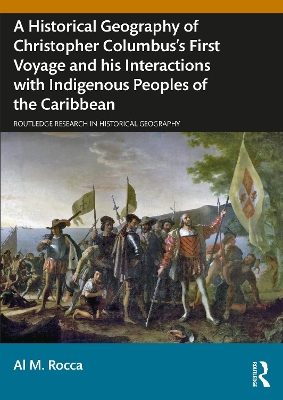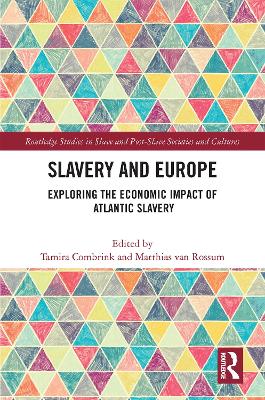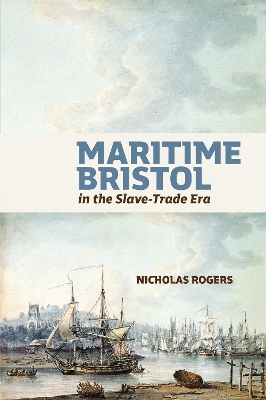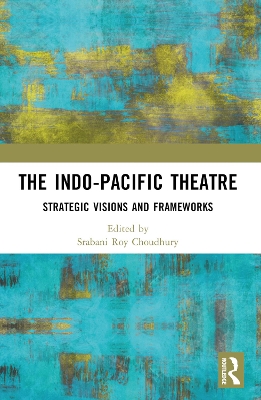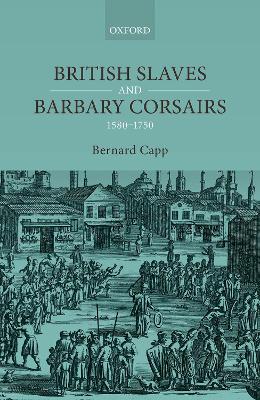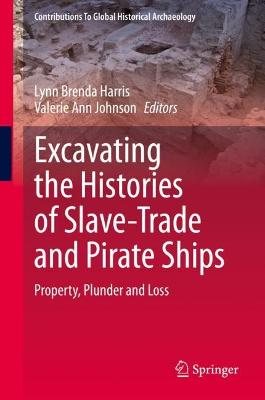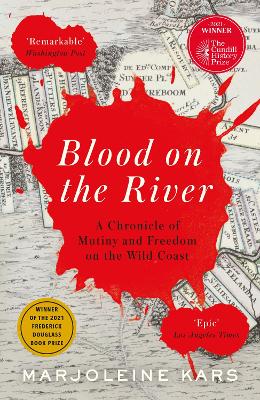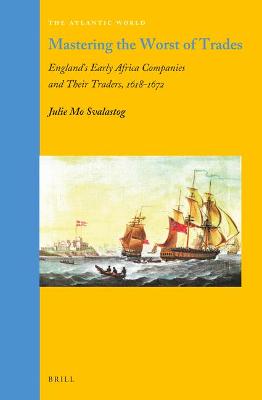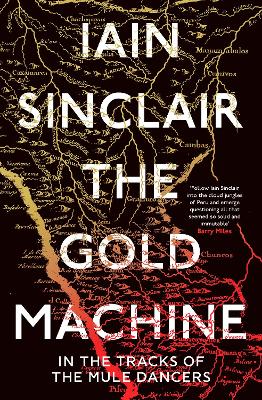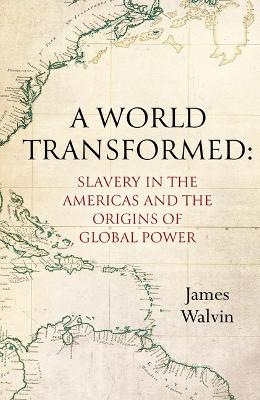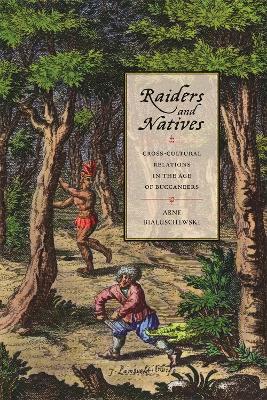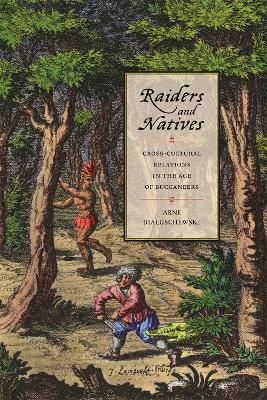Historical Geography of Christopher Columbus's First Voyage and his Interactions with Indigenous Peoples of the Caribbean
 portes grátis
portes grátis
Historical Geography of Christopher Columbus's First Voyage and his Interactions with Indigenous Peoples of the Caribbean
Rocca, Al M.
Taylor & Francis Ltd
05/2024
354
Dura
Inglês
9781032734248
15 a 20 dias
Part I: Planning the Transatlantic Voyage and Setting the Physical Geography of the Caribbean
Chapter 1: The Transatlantic Proposal and Preparation for the Voyage
The Santa Fe Capitulations
Palos de la Frontera and the Acquisition of Men and Ships
The Plan
Political Goals
Notes
Chapter 2: Preparing for the Voyage
The Columbus Map
Columbus's Methodology for Calculating Global Distances
Sequence of Conception: Enterprise to the Indies
The First Voyage Maps of Columbus
The Art of Navigation in the 15th Century
Directional Methodology
Nautical Mileage Methodology
Notes
Chapter 3: The Adventure Begins
The Journal of Christopher Columbus
Sabotage as the Voyage Begins, August 3 to September 5
The Lady Dona Beatriz Ines Peraza
Notes
Part II: The Mid-Transatlantic Crossing
Chapter 4: Into the Ocean Sea: Canary Islands and Beyond, September 6-19
The Voyage West Begins and the Deception of Recorded Mileage
The Difficulty Measuring Latitude at Sea and Magnetic Variation
Entering Unknown Waters (Sea of Darkness)
Notes
Chapter 5: Searching for the Indies: September 20 to October 11
Looking for an Island, any Island
A Nervous Crew Puts Pressure on Columbus
October Arrives but Still No Land
Notes
Part III: The Columbus Landfall and Search for the Mainland
Chapter 6: The First Encounter: October 12-14
The Day the World Changed
The Lucayan Islanders Barter with the Europeans
Exploring Guanahani
Did Columbus Kidnap Several Lucayans?
Notes
Chapter 7: A Sea of Islands: October 15-27
Rum Cay, A Lucayan "Escapes"
The Search for Gold Begins
A Lucayan Village and Cemetery
Isabella (Crooked Island) and the Search for Samoet
Where is Cibao (Cuba)?
Notes
Part IV: Cuba and Hispaniola
Chapter 8: Cibao (Cuba): October 28 to December 5
Columbus Believes Cibao is Cipangu (Japan)
Searching for a Taino King (Cacique)
A Lucayan Initiates Friendly Relations with Cuban Tainos
Is This Cipangu (Japan) or Cathay (China)?
The Ambassadors Describe a Large Taino Village and Tobacco
The Geography of Linking Religious and Commercial Goals
Martin Pinzon Abandons Columbus
Notes
Chapter 9: Hispaniola: December 7-25
Exploring Bohio
The Taino of Hispaniola
I am No God
Columbus and a Cacique Break Bread on the Santa Maria
Shipwreck, the Santa Maria Is Destroyed
Notes
Chapter 10: A Time for Decisions: December 26 to January 15, 1493
Columbus and Guacanagari
Return to Spain or Continue Exploring?
The Voyage Home Begins
Along the Coast of Northeastern Hispaniola
Notes
Part V: Return Voyage, Accolades, and a Promise of Colonization
Chapter 11: The Voyage Home: January 16 to March 15
Columbus Knows the Route Home
A Change of Course for the Azores
The Ocean Fury Unleashed
The Azores Sighted and His Men Imprisoned
A Run for the Mainland
Portugal Sighted and Contact with King Joao
Palos and Home
Notes
Chapter 12: Spanish Accolades and Future Plans
Triumphant Return at the Palace of Ferdinand and Isabella
Plans for Voyage Two
Notes
Afterword
Appendices
Appendix I: History and Methodology of Columbus's Landfall
Appendix II: Anchorage and Beach Landing Site
Appendix III: Las Casas and Columbus on the Future of the Indigenous Peoples: A Comparison to the Portuguese Experience in Sao da la Mina
Appendix IV: Columbus Vision for Spanish-Indio Relations on La Espanola (Hispaniola) in Comparison to the Existing Slave Conditions on the Canary Islands, circa 1492
Appendix V: Slavery in the Pre-Columbian Americas
Appendix VI: Latitude and Longitude Estimates for Daily Sailing Locations
Bibliography
Part I: Planning the Transatlantic Voyage and Setting the Physical Geography of the Caribbean
Chapter 1: The Transatlantic Proposal and Preparation for the Voyage
The Santa Fe Capitulations
Palos de la Frontera and the Acquisition of Men and Ships
The Plan
Political Goals
Notes
Chapter 2: Preparing for the Voyage
The Columbus Map
Columbus's Methodology for Calculating Global Distances
Sequence of Conception: Enterprise to the Indies
The First Voyage Maps of Columbus
The Art of Navigation in the 15th Century
Directional Methodology
Nautical Mileage Methodology
Notes
Chapter 3: The Adventure Begins
The Journal of Christopher Columbus
Sabotage as the Voyage Begins, August 3 to September 5
The Lady Dona Beatriz Ines Peraza
Notes
Part II: The Mid-Transatlantic Crossing
Chapter 4: Into the Ocean Sea: Canary Islands and Beyond, September 6-19
The Voyage West Begins and the Deception of Recorded Mileage
The Difficulty Measuring Latitude at Sea and Magnetic Variation
Entering Unknown Waters (Sea of Darkness)
Notes
Chapter 5: Searching for the Indies: September 20 to October 11
Looking for an Island, any Island
A Nervous Crew Puts Pressure on Columbus
October Arrives but Still No Land
Notes
Part III: The Columbus Landfall and Search for the Mainland
Chapter 6: The First Encounter: October 12-14
The Day the World Changed
The Lucayan Islanders Barter with the Europeans
Exploring Guanahani
Did Columbus Kidnap Several Lucayans?
Notes
Chapter 7: A Sea of Islands: October 15-27
Rum Cay, A Lucayan "Escapes"
The Search for Gold Begins
A Lucayan Village and Cemetery
Isabella (Crooked Island) and the Search for Samoet
Where is Cibao (Cuba)?
Notes
Part IV: Cuba and Hispaniola
Chapter 8: Cibao (Cuba): October 28 to December 5
Columbus Believes Cibao is Cipangu (Japan)
Searching for a Taino King (Cacique)
A Lucayan Initiates Friendly Relations with Cuban Tainos
Is This Cipangu (Japan) or Cathay (China)?
The Ambassadors Describe a Large Taino Village and Tobacco
The Geography of Linking Religious and Commercial Goals
Martin Pinzon Abandons Columbus
Notes
Chapter 9: Hispaniola: December 7-25
Exploring Bohio
The Taino of Hispaniola
I am No God
Columbus and a Cacique Break Bread on the Santa Maria
Shipwreck, the Santa Maria Is Destroyed
Notes
Chapter 10: A Time for Decisions: December 26 to January 15, 1493
Columbus and Guacanagari
Return to Spain or Continue Exploring?
The Voyage Home Begins
Along the Coast of Northeastern Hispaniola
Notes
Part V: Return Voyage, Accolades, and a Promise of Colonization
Chapter 11: The Voyage Home: January 16 to March 15
Columbus Knows the Route Home
A Change of Course for the Azores
The Ocean Fury Unleashed
The Azores Sighted and His Men Imprisoned
A Run for the Mainland
Portugal Sighted and Contact with King Joao
Palos and Home
Notes
Chapter 12: Spanish Accolades and Future Plans
Triumphant Return at the Palace of Ferdinand and Isabella
Plans for Voyage Two
Notes
Afterword
Appendices
Appendix I: History and Methodology of Columbus's Landfall
Appendix II: Anchorage and Beach Landing Site
Appendix III: Las Casas and Columbus on the Future of the Indigenous Peoples: A Comparison to the Portuguese Experience in Sao da la Mina
Appendix IV: Columbus Vision for Spanish-Indio Relations on La Espanola (Hispaniola) in Comparison to the Existing Slave Conditions on the Canary Islands, circa 1492
Appendix V: Slavery in the Pre-Columbian Americas
Appendix VI: Latitude and Longitude Estimates for Daily Sailing Locations
Bibliography

